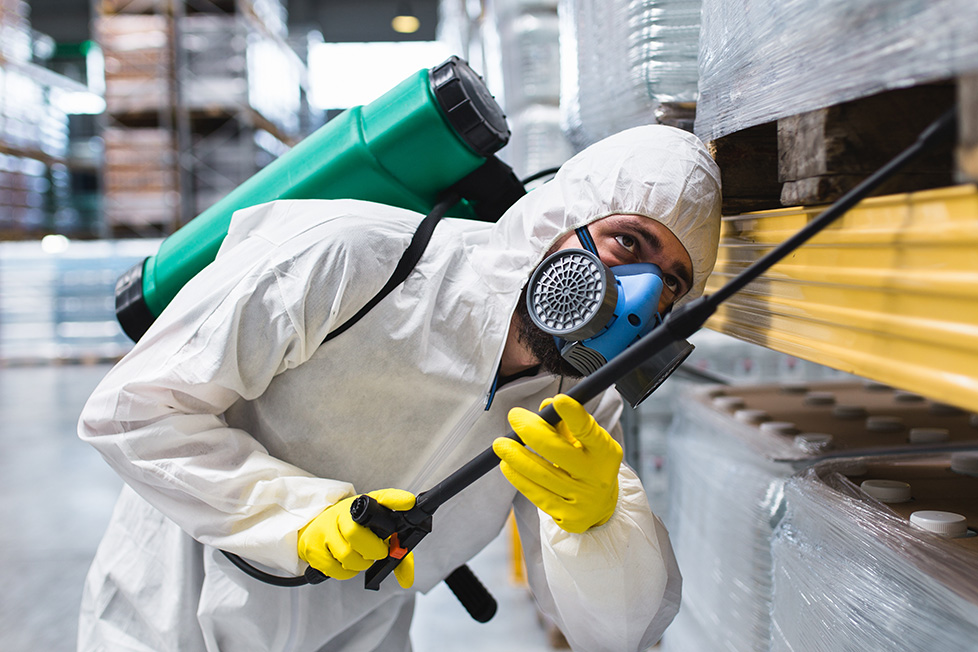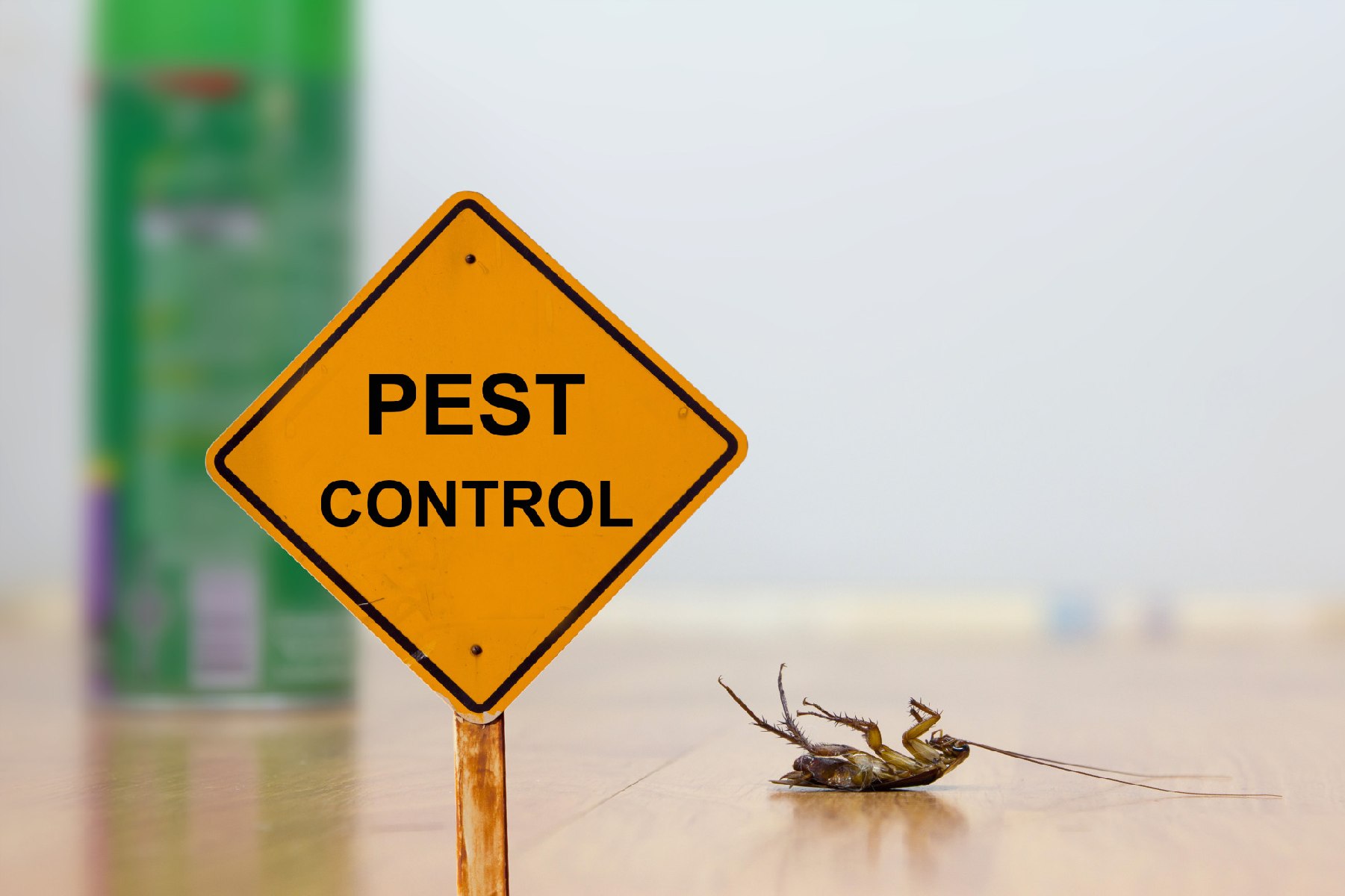Expert Pest Control for complete pest management pest-free year-round.
Eco-Friendly Pest Control Approaches for Managing Wild Animals in Urban Areas
Urban areas commonly discover themselves at the crossway of human activity and wild animals, resulting in distinct difficulties in pest monitoring. Green methods stress sustainable conjunction, using strategies such as environment adjustment and natural repellents to alleviate human-wildlife disputes. These approaches not just secure the environment but also boost community engagement in wildlife administration. As metropolitan populaces remain to grow, comprehending the characteristics of wild animals interactions comes to be significantly essential. What cutting-edge methods can be implemented to make sure both eco-friendly balance and metropolitan safety and security? Exploring this concern reveals a compelling landscape of prospective options.
Recognizing Urban Wildlife Characteristics
Comprehending Urban Wild animals Characteristics is crucial for creating reliable and eco-friendly parasite control strategies. Urban areas are increasingly becoming habitats for various wild animals species, driven by variables such as habitat fragmentation, food accessibility, and human advancement. Identifying these dynamics permits a nuanced technique to pest administration that aligns with eco-friendly concepts.
Urban wild animals frequently includes species such as raccoons, squirrels, and birds, which adjust to city settings, locating particular niches in eco-friendly areas, parks, and also domestic locations. Their presence can result in problems with humans, especially when they exploit human resources for food and sanctuary. Recognizing the actions and environmental roles of these species educates techniques that lessen negative interactions while advertising biodiversity.
In addition, acknowledging the interdependencies within city ecological communities aids in recognizing essential areas for habitat conservation and remediation. This knowledge adds to the development of integrated pest monitoring (IPM) methods that think about the environmental balance, thereby reducing reliance on unsafe chemicals. By cultivating coexistence between people and urban wild animals, cities can develop healthier environments that profit both residents and local communities, leading the way for lasting city living.
All-natural Repellents and Deterrents
All-natural repellents and deterrents provide a lasting alternative to standard bug control methods by utilizing the power of nature to maintain unwanted species at bay. These environmentally friendly remedies normally make use of plant-based active ingredients, vital oils, and other normally taking place substances that hinder parasites without hurting the atmosphere.
One efficient all-natural repellent is peppermint oil, which is known to repel rats and insects. Its solid aroma is undesirable to several bugs, making it a popular choice for urban setups. Vinegar and citrus peels can offer as deterrents, as their solid odors are typically unattractive to different wildlife.
Furthermore, diatomaceous planet is an all-natural powder that can be spread in areas susceptible to parasite activity, efficiently drying out and hindering insects without positioning dangers to non-target species. Garlic sprays and neem oil are identified for their ability to drive away a large range of parasites, consisting of both bugs and bigger wildlife.
Carrying out these all-natural repellents not only minimizes dependence on chemical pesticides yet also promotes a healthier urban ecological community, cultivating a much more balanced conjunction in between human beings and wildlife. By utilizing these methods, city areas can effectively handle insect populaces while decreasing environmental influence.
Habitat Modification Methods
Effective habitat adjustment techniques play an essential duty in sustainable pest management by altering the environment to make it less conducive to pest infestations. By comprehending the ecological characteristics of metropolitan locations, residential property proprietors can carry out tactical modifications that hinder parasites while advertising biodiversity.
(Insect Control)One key strategy includes preserving proper sanitation. This consists of regular waste removal, securing trash containers, and getting rid of standing water to decrease reproducing sites for pests and rats. Additionally, landscaping methods such as choosing indigenous plants can improve ecological equilibrium, offering habitats for useful organisms while minimizing sources for pests.
An additional essential strategy is to seal entrance points in buildings. Inspecting and repairing cracks in foundations, wall surfaces, and windows can substantially reduce pest accessibility. Moreover, developing physical barriers, such as fencings or plant barriers, can inhibit wildlife motion into human-inhabited areas.
Integrated Parasite Monitoring Practices
Structure upon environment modification techniques, incorporated insect management (IPM) techniques supply an alternative approach to managing insect populaces while reducing ecological effect. IPM integrates various techniques, consisting of biological, social, mechanical, and chemical controls, to achieve effective parasite administration.
Biological control involves the introduction of natural killers or bloodsuckers to lower pest populations. Social techniques, such as crop turning and hygiene, disrupt pest life cycles and decrease their habitats - Pest Control. Mechanical controls, like traps and obstacles, offer prompt relief from parasite stress without chemical treatment
Chemical controls are made use of as a last resort, concentrating on targeted applications that limit harm to non-target species and the atmosphere. The choice of eco-friendly pesticides, when necessary, is essential to the IPM framework. In addition, keeping an eye on insect populations and analyzing potential damages helps educate decision-making, guaranteeing that treatments are timely and effective.
Neighborhood Involvement and Education And Learning

(Ant Control)Workshops and educational sessions can furnish homeowners with knowledge concerning indigenous types, habitat preservation, and effective safe parasite monitoring methods. Collaboration with schools, neighborhood Your Domain Name companies, and government firms additionally boosts academic outreach, making certain that important information gets to varied target markets.
Moreover, community-led efforts, such as area clean-up days and environment reconstruction projects, not just advertise biodiversity however additionally reinforce area ties. Pest Control. By encouraging locals to share their experiences and observations, neighborhoods can develop targeted methods that deal with particular regional parasite concerns
Including responses from residents right into pest monitoring prepares allows a more responsive and flexible strategy to wildlife challenges. Ultimately, educated and engaged neighborhoods are vital to accomplishing long-lasting success in eco-friendly bug control, leading to much healthier city environments that value both human and ecological demands.

Final Thought
In final thought, environmentally friendly insect control approaches deal lasting options for taking care of metropolitan wild animals. By prioritizing habitat adjustment, making use of all-natural repellents, and executing integrated parasite administration methods, areas can promote an unified conjunction with regional animals.